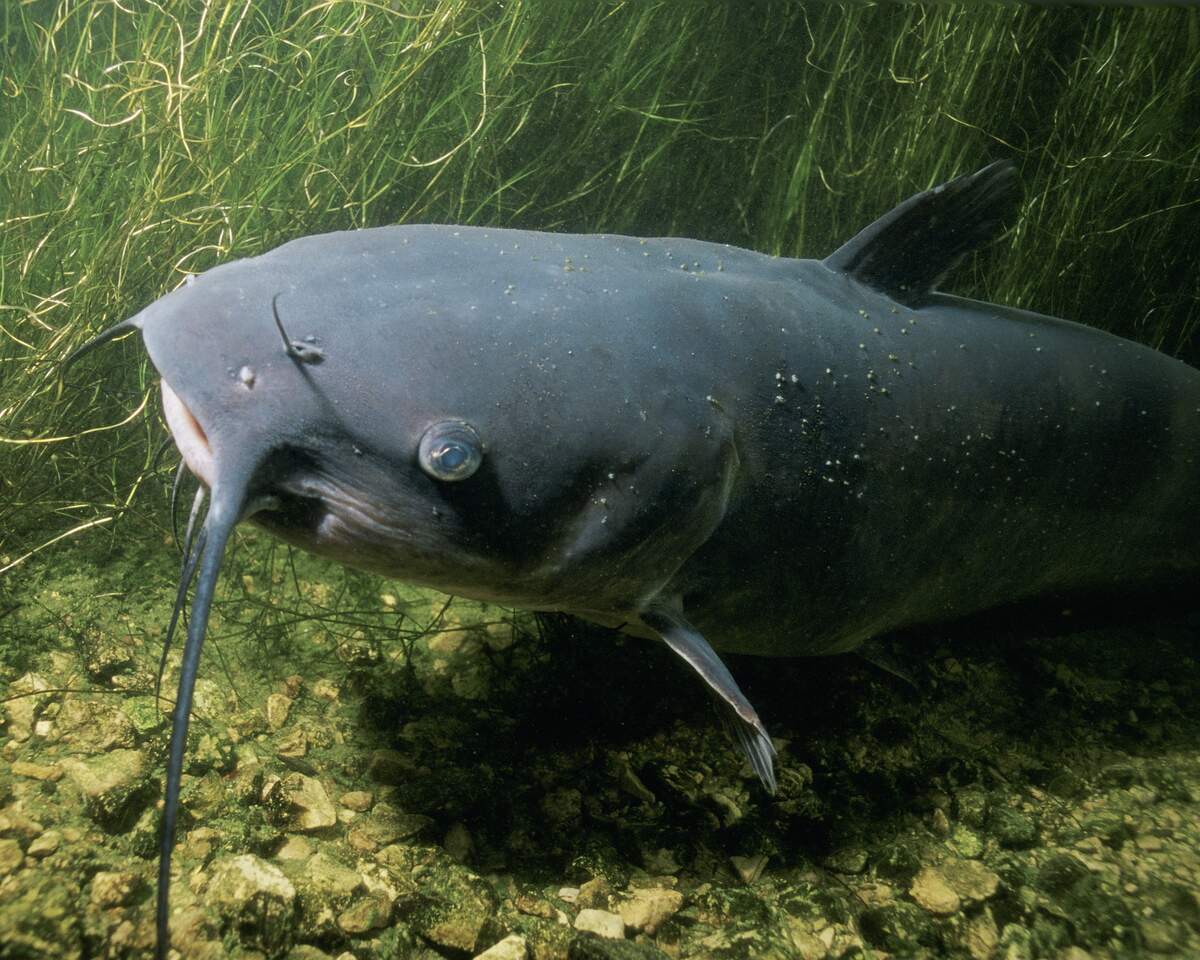

National Catfish Day
Observed
annually on June 25th (since 1987)
Dates
Founded by
President Ronald Reagan on June 25th, 1987
Tags
Food & Drink
Pets & Animals
Hashtags
Sources
https://en.wikipedia.org/wiki/National_Catfish_Day
https://www.congress.gov/bill/100th-congress/house-joint-resolution/178
https://www.cooksinfo.com/catfish-day
https://www.farmprogress.com/farm-life/catfish-industry-outlook-in-honor-of-national-catfish-day-
https://www.fsis.usda.gov/food-safety/safe-food-handling-and-preparation/meat-fish/catfish-farm-table
https://www.healthline.com/nutrition/is-catfish-healthy
https://www.presidency.ucsb.edu/documents/proclamation-5672-national-catfish-day-1987
In recognition of the value of farm-raised catfish, National Catfish Day is celebrated today! National Catfish Day was officially designated and observed in 1987 and has been observed unofficially since. On June 25, 1987, President Ronald Reagan issued Proclamation 5672, which said in part:
In recognition of the value of farm-raised catfish, the Congress, by House Joint Resolution 178, has designated June 25, 1987, as 'National Catfish Day' and authorized and requested the President to issue a proclamation in its observance.
Now, Therefore, I, Ronald Reagan, President of the United States of America, do hereby proclaim June 25, 1987, as National Catfish Day. I call upon the people of the United States to observe this day with appropriate ceremonies and activities.
House Joint Resolution 178 said, and President Reagan reiterated in his proclamation, that catfish made up the third highest volume of tinned fish sold in the United States in 1986, with 99 percent of it being farm-raised. They also said that between 1975 and 1985 production of farm-raised catfish increased by 1,200 percent and that production costs were low—at 65 cents per pound—which resulted in stable income for growers and an economical food for consumers. They also highlighted that the growth of the industry created thousands of permanent jobs.
Catfish is a freshwater fish native to central North America. They usually live in shallow, running water, located either in inland or coastal waters. They are found on every continent except Antarctica. There are over 2,000 species of catfish, with channel catfish and blue catfish being the most commonly raised and consumed in the United States. While catfish are the largest freshwater fish, sometimes reaching 8 feet in length and weighing over 200 pounds, farm-raised catfish are much smaller, ideally weighing about 1.7 pounds and producing two 4 to 6-ounce fillets.
Today, farm-raised catfish is the largest product of aquaculture in the United States. As of 2023, Mississippi, Alabama, Arkansas, and Texas were the top states producing it, making up 96% of all production. Mississippi was number one, producing about 65% of the country's catfish. Catfish production in the United States peaked in 2002, with 197,000 acres being used for production. While only 56,000 acres were being used in 2023, production had become more intensive, so production had not dropped substantially.
The catfish live in clean freshwater ponds on farms. They are fed soybean meal along with fish meal, corn, rice, vitamins, and minerals that are made into pellets that float on the surface of the ponds. Farm-raised catfish production is seen as environmentally friendly. It has an efficient feed conversion rate, and the ponds protect fish from pollutants and don't impact surrounding natural ecosystems. The ponds are usually about four to six feet in depth and cover ten to twenty acres of land. Today, about 60% of farm-raised catfish are hybrid catfish, a cross between female channel catfish and male blue catfish. Most of the rest of the fish that are raised are channel catfish. Another change since the first National Catfish Day is the development of vaccines for a deadly bacterial disease. The vaccine is applied to the feed to prevent sickness.
Breeding catfish produce for four to six years, and lay about 3,000 to 4,000 eggs per pound of body weight each year. Fertilized eggs are taken to hatcheries to hatch and then to ponds and become fingerlings. When they are about four to six inches long they are moved to artificially-made ponds. After about two years they reach the ideal size and are harvested with large, weighted nets called seines.
Farm-raised catfish has a milder, less fishy taste than its wild counterpart. It may be purchased fresh or frozen, in steaks, fillets, strips, nuggets, or as a whole fish. It can also be found marinated, breaded, or precooked in frozen dinners. Perhaps the most common way it is eaten is by being fried after being coated in cornmeal, but it can also be baked, broiled, pan-fried, deep-fried, or grilled. Catfish is nutritious, being a low-calorie source of protein, low in cholesterol and saturated fat, and having healthy omega-3 and omega-6 fatty acids, minerals, and vitamins, being particularly high in vitamin B12. Its benefits depend on how it is cooked, though, with baking, broiling, and grilling being much healthier than frying. In recognition of the value farm-raised catfish has—as food and for the economy—we celebrate National Catfish Day today!
How to Observe National Catfish Day
- Buy fresh or frozen catfish at your local fishmonger or grocery store.
- Make a catfish recipe.
- Have catfish at a restaurant.
- Start a catfish farm.
- Visit a catfish farm. Some even allow fishing!
- Learn more about farmed-raised catfish in the United States at The Catfish Institute.
- Make plans to attend the next Louisiana Catfish Festival.
- While today's holiday is focused on farm-raised catfish, you also could celebrate by fishing for wild catfish.





















